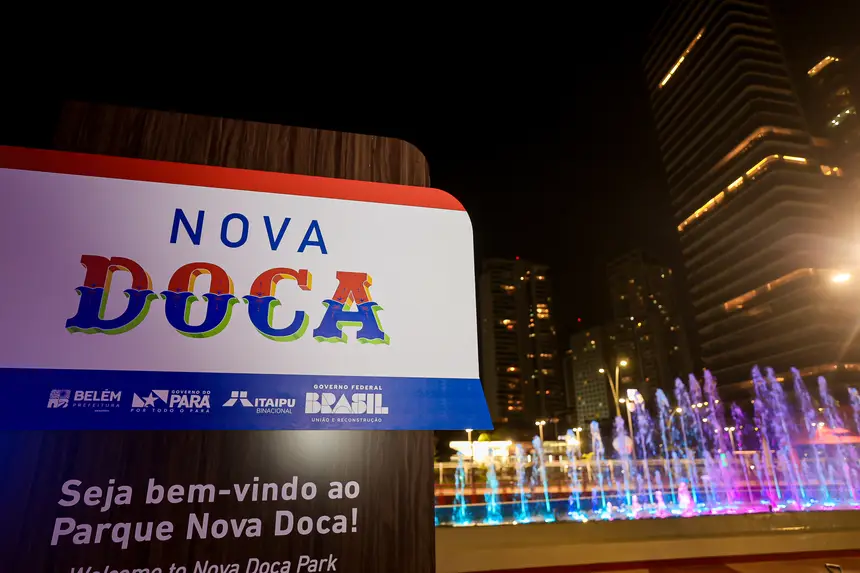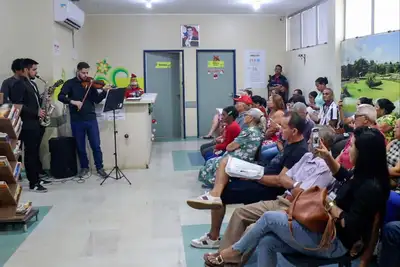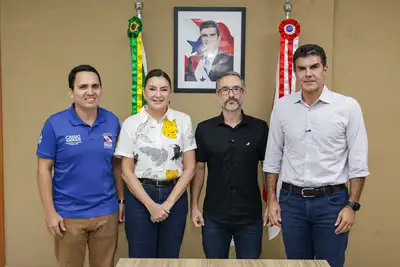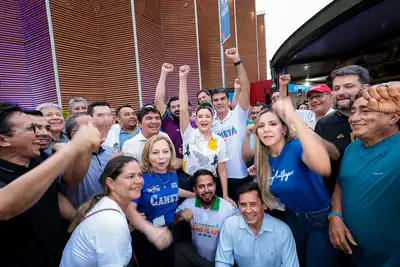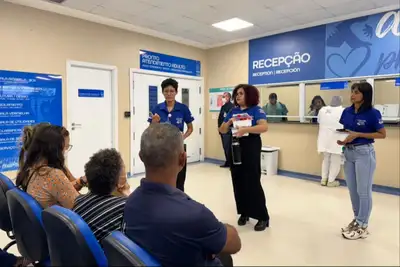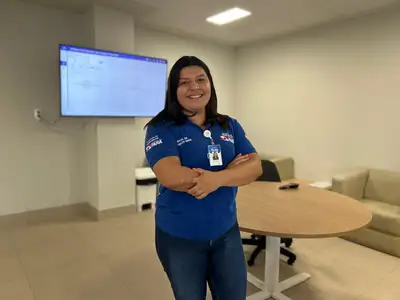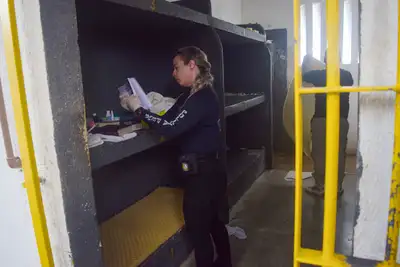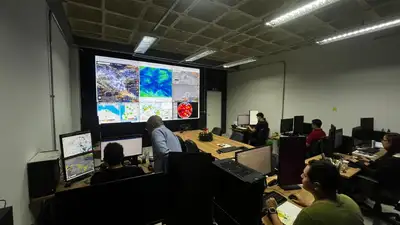Helder and Lula deliver the Linear Park of Nova Doca, a landmark of COP30 for Belém
The space modernizes the Reduto neighborhood, enhances urban mobility, and consolidates new options for socializing, sports, and leisure for the people of Pará
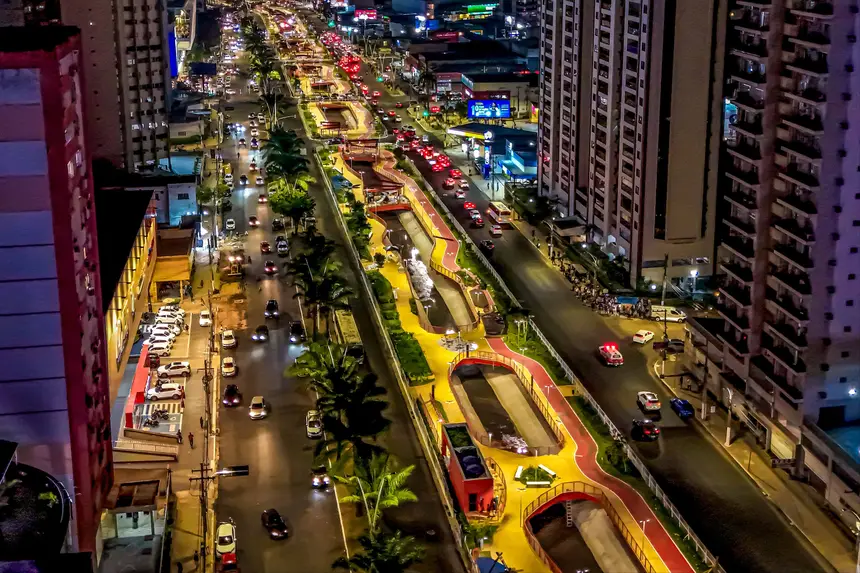
The governor of Pará, Helder Barbalho, and the president of the Republic, Luiz Inácio Lula da Silva, deliver, this Thursday (2), in Belém, the Linear Park of Nova Doca. This is the first work considered a legacy of the 30th United Nations Conference on Climate Change (COP30), to be jointly delivered by the two heads of government, six weeks before the international event that will be hosted in the capital of Pará.
The project requalifies Avenida Visconde de Souza Franco, in the Reduto neighborhood, a central area of the city, and transforms the space into a new hub for socializing, sports, and leisure, already accessible to the population from the evening of this Thursday.
“More than a work, the Linear Park is a landmark of transformation for Belém. Nova Doca ceases to be just an avenue to become a symbol of the city we are preparing for COP30: modern, sustainable, and facing its history and its people,” said Governor Helder Barbalho.
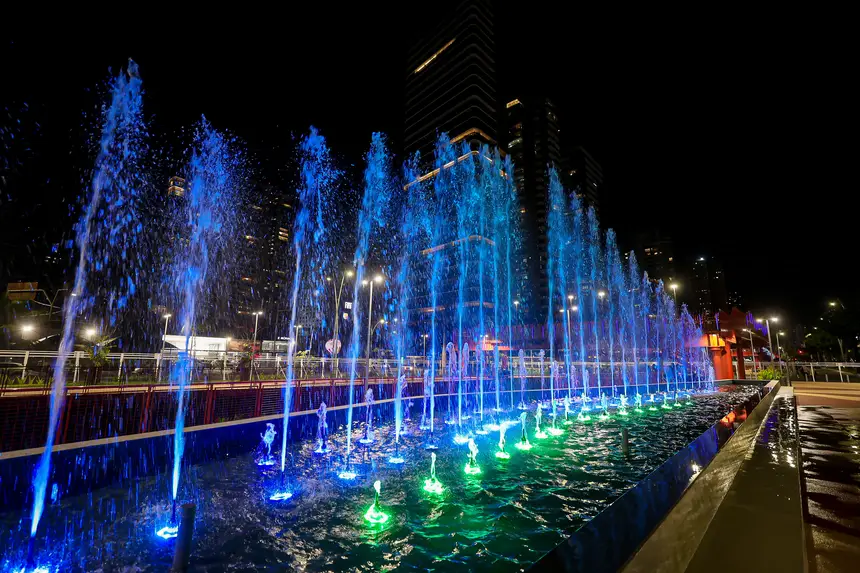
The avenue has nearly 24,000 square meters of socializing areas
There are nearly 24,000 square meters of fully requalified area along 1.2 kilometers of canal; the new avenue includes a bike lane, LED lighting, new walkways, landscaping, kiosks with restrooms, hammocks, accessible playgrounds, and areas for sports practices. It also features solar panels with outlets for charging cell phones.
According to Helder, the inauguration represents a paradigm shift. “This space is yet another demonstration that the legacy of COP30 is already underway. A city that prepares to engage with the world begins by valuing its population, with investments in quality of life and socializing spaces.”
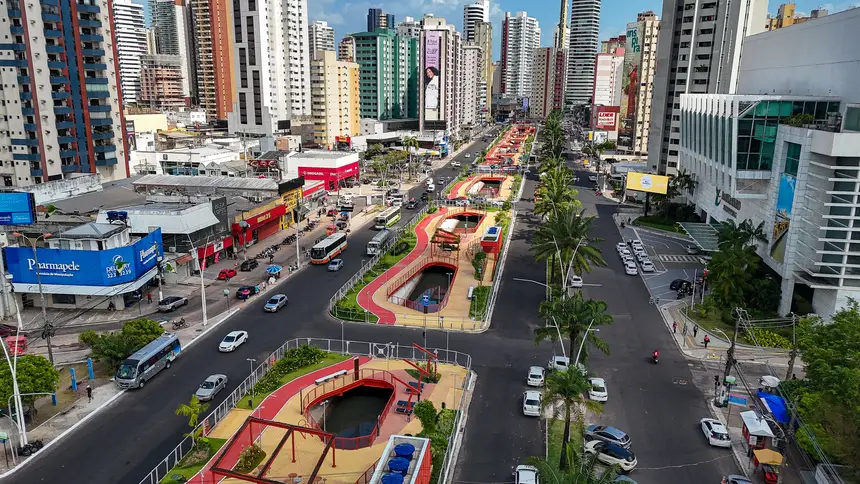
Reconciliation with history and the city
Nova Doca connects to Porto Futuro, integrating the riverside front of Belém and reinforcing the identity of the capital of Pará. The work was carried out by the State Department of Public Works (Seop), in partnership with the Federal Government, through Itaipu Binacional.
“Belém cannot turn its back on its history, nor on its rivers. Nova Doca is the reconciliation of the city with its landscape, and a landmark that our future can be beautiful, inclusive, and sustainable,” highlighted Helder Barbalho.
For the state secretary of Public Works, Ruy Cabral, the delivery of the Linear Park represents more than an urban intervention: it is a milestone in the transformation of the city. “The Government of Pará delivers to the residents of Belém a work that promotes socializing, valuing the environmental and social aspects of the region.”
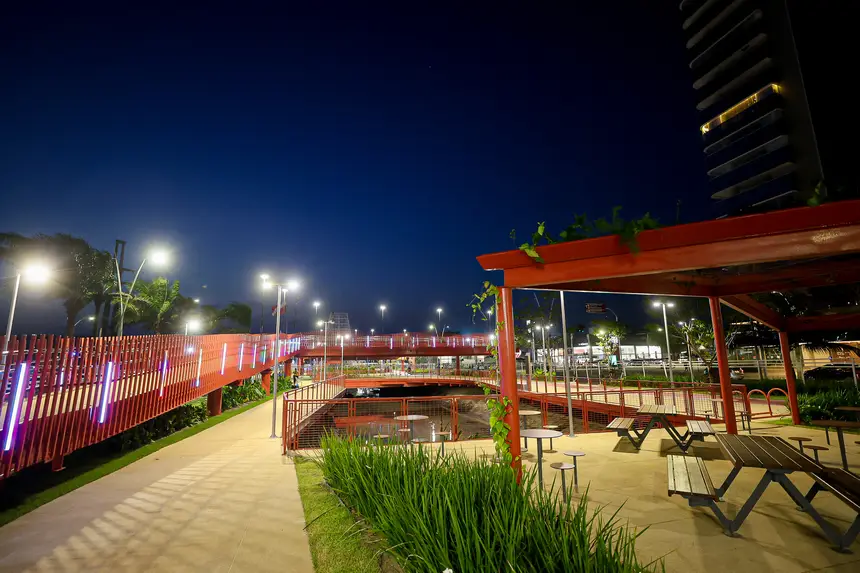
From legendary igarapé to urban park
Long before becoming an avenue or canal, the Doca was an arm of the Guajará Bay, known as Igarapé das Almas, or Igarapé das Armas. The first name refers to popular accounts of supernatural appearances; the second, to the period of the Cabanagem (1835), when the area was said to have been used as a hideout for weapons.
The inauguration of the so-called “Doca do Imperador” in 1851 marked the beginning of the urbanization of the area, consolidating it as a center for the flow of goods, especially during the rubber cycle. With the end of this cycle, the region fell into decline. From the 1960s onwards, urban transformations intensified, with the channeling of the igarapé, a work that lasted more than a decade and gave rise to the avenue as it is known today.
In the 1970s and later in 1995, there were new structural interventions, but few aimed at public use. “As it is an infrastructure linked to sanitation, the space received few actions since its conception, which generated great expectations from the population regarding its requalification,” explains Rebeca Ribeiro, director of the Department of Historical, Artistic, and Cultural Heritage of the State Department of Culture (DPhac/Secult).
Living memory
Maria Oliveira, 66, a resident of the Umarizal neighborhood, closely followed the changes. “Years ago, I dreamed that the Doca would become a square. When I learned about the project, I cried with emotion. Now it’s something from the first world. Those who saw it before and see it now can only be grateful – and take care of it too, because that is our responsibility.”
Already eyeing the new possibilities of the space, Maria and her running group are counting the days to resume activities. "I am dreaming of returning to my runs from here to Boaventura. This is not just good for us who live here. Visitors will be enchanted. I have always dreamed of seeing the Doca this way,” she celebrates.
Archaeological find
During the excavations, time revealed its presence: a metal vessel, possibly from the rubber cycle, was found buried at the bottom of the canal. The find is in the process of restoration and will be exhibited to the public in the future, along with fragments of dishes and bottles from the 18th and 19th centuries.
Rebeca Ribeiro emphasizes the symbolic value of the work. “The Doca is not just a geographical point. It is a place of memory, of encounters, of experiences that cross generations. Revitalizing this space is reconnecting the past and present, creating a new relationship between the city and its history and urban landscape.”
Service: Delivery of the Linear Park of Nova Doca
Date: October 2 (Thursday)
Time: 5:30 PM
Location: Avenida Visconde de Souza Franco
Text by Tamires Amorim


